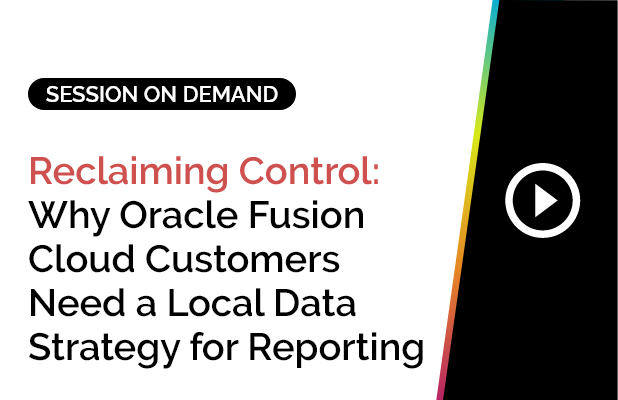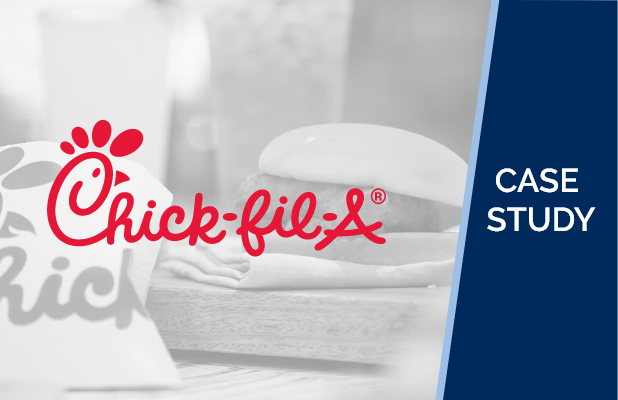Employee retention has been a focus of HR for a long time, probably for as long as there has been HR. It’s evident that retaining employees is good, but the full impact of retention is often not recognized. So, why is employee retention so important, especially now?
Why employee retention is important for any organization?
1. Turnover is Expensive.
It costs more to replace an employee than meets the eye. It’s common to think that it costs $5,000 – $10,000 to replace an employee earning $50,000. This works out to 10% – 20% of the annual compensation for the position.
This perception fails to account for many very real costs, such as offboarding, onboarding, relocation, training, and the loss of work while acclimating new employees. The reality is that in the US, replacing an employee costs between 40% and 60% of their annual compensation. For a position with critical skills, it can cost over 100% of annual compensation.
Here is what it costs most organizations to replace an employee:
“Average” Employee
| Task | % of salary |
|---|---|
| Marketing | 2% |
| Recruiter fee | 3% |
| Interview effort | 7% |
| Onboarding | 10% |
| Training | 10% |
| Impact on team | 10% |
| Offboarding | 3% |
| Productivity loss | 10% |
| Relocation | 0% |
| Total cost | 55% |
Employee with Critical Skills
| Task | % of salary |
|---|---|
| Marketing | 5% |
| Recruiter fee | 10% |
| Interview effort | 12% |
| Onboarding | 10% |
| Training | 10% |
| Impact on team | 15% |
| Offboarding | 3% |
| Productivity loss | 15% |
| Relocation | 5% |
| Total cost | 85% |
So, we’ve established that turnover is costly terms of hard cash. Other very real costs are harder to measure. Turnover is tough on morale. Teams take a hit when losing a contributor. Work must be redistributed, and the team faces the uncertainty of a new resource. When a top performer leaves, the loss of knowledge and work output hit a team especially hard. It’s especially tough on managers, who are responsible for replacing employees while keeping the team running.
The worst case is when a team experiences multiple exits in a short time. The remaining members wonder if the grass is greener in a different pasture. A little turnover easily leads to a critical situation. The current climate makes retention particularly challenging. Several present factors are contributing to a significant rise in turnover. Some of these factors will be around for a long time:
- Millennials (about 50% of the workforce) need new challenges to stay engaged. If they’re not developed at their current job, they’ll find career growth somewhere else.
- We’re facing a wave of retirements of the skilled workforces in many established industries.
- Unemployment in the US is very low. It’s hard to find new employees and existing ones are lured by opportunity.
So, what do we do? We established that retention is essential on many levels. Now we’d like to do something about it.
2. Veteran Employees Add Value
Competent and experienced employees have a market of their own in the employee market. Organizations need to make them feel that they are respected. Workplaces benefit from long-term employees. Every company, be it small or big, should take the time to check-in with experienced employees. They should feel that they are valued. It can reduce high employee turnover.
Experienced employees are valuable employees, and their departure can set back project timelines and in some cases, trigger the exit of other workers too! Companies need to understand the importance of employees who spend considerable time with them. Understand their career goals and work with them to achieve their goals. Making them feel home is what employee engagement is all about! Exploring new roles and responsibilities along with appropriate increases in compensation goes a long way in reducing turnover rate.
3. Bad Hires Hurt Morale
When companies fire bad hires, they harm the morale of other dedicated employees in the organization. The workers may start to wonder if their jobs are secure. They may also doubt the competency of the company’s management.
Understanding job candidates in and out, verifying their background, providing them appropriate training, and having a transparent, onboarding process can reduce bad hires. Hiring the right employee is crucial to improve employee retention rates.
4. Your Competitors Benefit Directly!
Companies put employee retention strategies in place to keep them away from their competitors. When a talented employee quits, he is either going back to school, moving to another location, or looking for a better career opportunity.
When you lose a quality employee, you run the risk of him ending up working for your competitor — a clear case of wasted money, time, and employee improvement programs. The best way to keep them away from competitors is to improve retention.
People Analytics to The Rescue
Here is where People Analytics come to the rescue. We have a lot of people data in our HCM systems. We can use new technology to analyze this data and answer the tough questions.
- Start with basic people analytics to understand the underlying health of the organization. Headcounts, turnover & retention rates should be known for every department and leader. We must understand the problems before we can address them.
- Use HR predictive analytics to address the future
- Forecast the risk of employee exits. This uses historical data and tells us which people are likely to exit soon. Focus on top performers, critical skills, and other regrettable exits.
- Identify exit drivers to learn why employees are likely to exit.
- Address exit drivers in a targeted fashion. If a team’s exit drivers are around training, consider investing more in learning. If top performers’ exit drivers are related to compensation, we look there.
- Using recruitment analytics, review your candidate experience to improve your employer brand. An employee makes their first impression of an organization during the hiring process. A less-than-elegant candidate experience reduces the long-term outlook for employees.
So, there’s a lot we can do to improve employee retention. Many of these options weren’t available a decade ago. Technology provides many new opportunities to improve.














